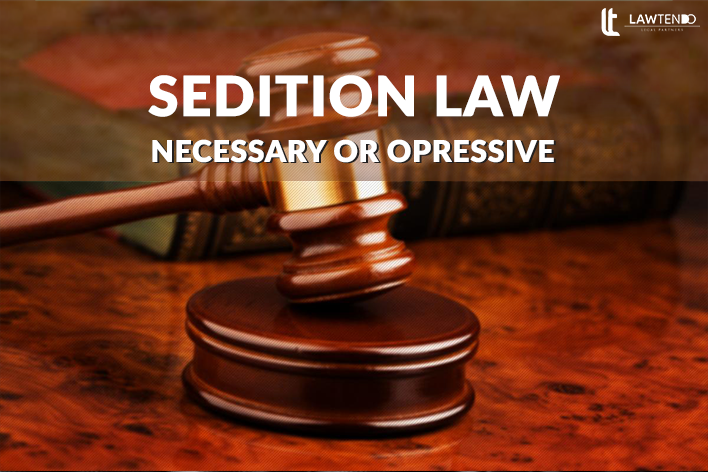BOOK A SERVICE
Introduction
Overview
Obtaining a sale deed is an essential stage in the process of transferring property ownership in New Delhi, the busy capital of India. New Delhi, a city well-known for its complex legal system, wide range of cultures, and thriving real estate sector, presents both opportunities and difficulties for those navigating these legal nuances.
A legally binding document that provides tangible proof of the transfer of ownership rights from the seller to the buyer, the sale deed is the foundation of any real estate transaction in New Delhi. In addition to formalizing the parties' agreement, this instrument gives the buyer and seller the much-needed security and certainty.
What is A Sale Deed?
A legal document that certifies the completion of the sale is the sale deed. It includes information about the buyer, seller, neighborhood, property's location, and payment information. The nearby sub-registrar must register the sale deed; however, prior to registration, ensure that the full consideration has been paid. In the eyes of the law, only registered sale deeds are legitimate. It obligated the vendor and the buyer to uphold the terms and conditions they had agreed upon.
What is the Section 25 of Indian Registration Act?
As to Section 25 of the Indian Registration Act, all required evidence for the registration procedure must be obtained by the Sub-registrar's office within four months after the date of registration. The person who registers the sale deed in New Delhi must fulfill the requirements within the allotted period.
If the person does not provide the necessary documents for the registration procedure, they will be fined ten times the registration fees of the sale deed in New Delhi. To prevent this from happening, it is best to get legal counsel in advance.
Information Necessary To Include In The Sale Deed
1) Details of the parties
2) Description of the Property
3) Declaration by the seller
4) Settlement of loans
5) Consideration for sale
6) Delivery and ownership
Who Is Eligible To Apply For A Sale Deed In New Delhi?
Usually, the seller, not the buyer, applies for a sale deed in New Delhi. The process of drafting and completing a Sale Deed is started by the seller, who is either the property's legitimate owner or has the authorization to sell it. Both the seller and the buyer sign the Sale Deed, which contains the details of the property sale, such as the purchase price, the property's description, and any other applicable stipulations. To be formally valid, the Sale Deed must be prepared, stamped, and registered with the relevant government agency.
What Benefits Does Property Registration Offer?
According to Sale deed New Delhi, there are a few advantages of property deed registration that may be employed and benefited from. These are listed in the following order:
1) It offers assurance that the land deed actually and truly relates to the property.
2) It serves as proof of the transfer that the party drafting the Sale deed in New Delhi will have, and it is legally enforceable.
3) It offers protection against fraud and forgery, which could happen at any time as a result of a transaction gone wrong.
4) It facilitates the transfer of the property's ownership title, promotes transactions and creates a record in official records for the sale deed in the New Delhi section in accordance with law.
5) Helps in saving the original sale deed in New Delhi and making title deeds for the property or certified copy of the deed in case the original is misplaced or stolen.
Documents Required For Obtaining Sale Deed In New Delhi
1) 2 passport size photos of all parties, each of the seller, buyer, and all the witnesses.
2) Photo ID Proof (voter’s ID card and passport of the buyer, the seller and all the witnesses).
3) Original and Duplicate copy of the certificates.
4) Certified copies of documents of Incorporation of both buyer and seller, in case of a company and not an individual buyer
5) Proof of the land register card to indicate that the land/ property does not belong to the Government (It can be received from the City Survey Department)
6) Proof of municipal tax bill to mention the year in which the land was built/ constructed.
7) Proof of the PAN Cards of all the parties are obligatory (It has to be annexed with the Sale Deed).
8) Photos and signatures of all parties.
Importance of Sale Deed in New Delhi
Sale deed having importance for both the seller and the buyer is a crucial document. The legal procedure of transferring the ownership by sale deed from the owner to the buyer is through the sale deed. This grants that the buyer has the legal rights to be the sole owner of that property. The recorded document gave a proof of ownership to the buyer,” which in turn led to the ease in the sale of the property to another buyer.
The sale deed which has been signed between the two parties in the process of purchase or sale of a property needs to be there for the process to be legally accomplished. A purchase deal is done inevitably after the sale deed is sanctioned by the seller as well as the buyer. Transferring titles by a sales deed reflects that both the salesperson and the purchaser have mutually agreed and satisfied with the terms and conditions of the deal.
Application Procedure for Property Registration in New Delhi
1) The applicant needs to register the record of their land or property transaction with the Sub-Registrar's Office.
2) Secondly, the applicant needs to get the "Dalil" property registration document (registration deed, sale deed, or other registration deed resulting from the land ownership process described above).
3) Thirdly, the candidate needs to go to the Tehsil office (TK) and submit an application for a mutation using Form No. 21 of the TRLR ACT (Mutation Application Form).
4) The Tehsildar will create a counter-foil that is correctly completed, dated, and signed in order to confirm receipt of the application form 21. After that, he would record the information in his Mutation registry (TRLR Act form 20).
5) Each landholder will receive a communication that includes the hearing date. Any verbal or written objection to the mutation that the Tehsil office receives before the hearing date will be included to the contested mutation case registry (Form 22 of TRLR ACT). The objection will be noted in Form 23 TRLR Act and acknowledged.
6) A field inquiry will be directed to the Tehsil office in advance of the hearing date by the Circle officer (DCM or RI), who will also test the entries in the mutation register.
7) After the hearing, the applicant must turn in Form B, the "Form for Receiving New RoR" (Record of Rights). The Tehsil headquarters will send the case file to the DCM's office while also preparing the Badar, Jama Bandi, and Touzi registers simultaneously. Following document verification, DCM will provide an order of mutation via Form B.
8) When the Khatian (Record of Rights) is turned over, the relevant applicant is charged Rs. 15/-per page of the Khatian and Rs. 4/-per additional page of the Khatian. The concerned applicant will thereafter receive an acknowledgement receipt as verification of the charge's collection.
Conclusion
To sum up, the procedure of acquiring a sale document in New Delhi is complex and demands careful attention to detail, legal knowledge, and diligence. Through careful navigation of this process and compliance with legal regulations, people can start their journey towards becoming property owners in India's energetic and dynamic capital city.
To get legal support and guidance you can contact our legal team at Lawtendo for obtaining a sale deed in New Delhi.
Frequently Asked Questions (FAQs)
Q1: What is the Sub-Registrar of Assurances in New Delhi responsible for?
Ans: The Property transactions are registered and the Sub-Registrar of Assurances is tasked with ensuring they are above board. Paperwork verification, signature confirmation and record keeping of real estate deals are all within the scope of the registration procedures.
Q2: What is the time taken in New Delhi to get a sale deed?
Ans: The time taken to get a sale deed depends on the variables, the complexity of the contract, accessibility of the documents, and efficiency of the registration process. There is a variation in its time duration. It takes around two weeks on average to complete.
Why Choose Lawtendo









